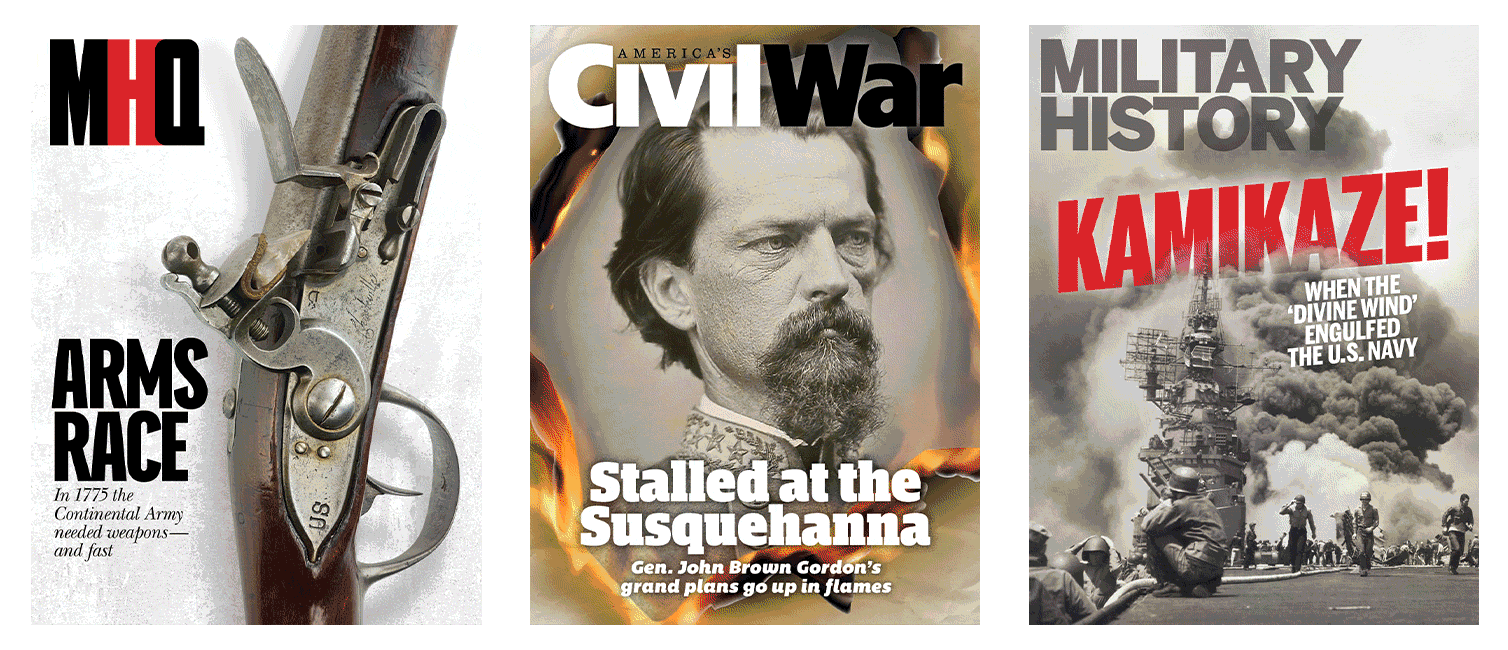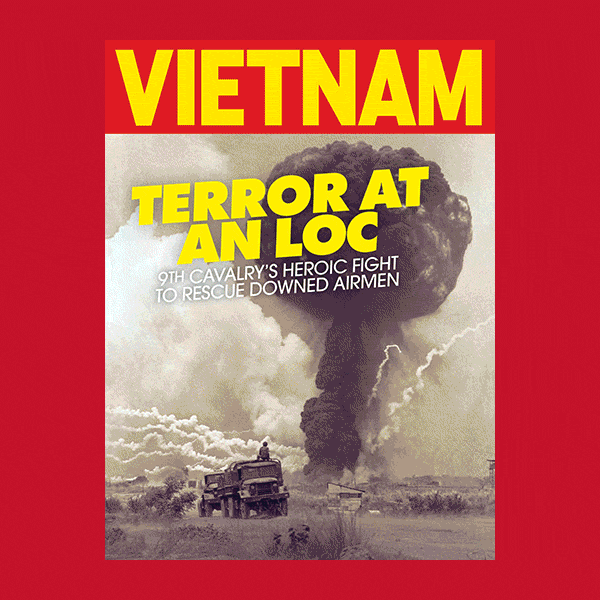The word “propaganda” evokes many images, few of them positive. We often think of propaganda as sinister attempts to brainwash a population into embracing authoritarian political systems, with posters typically part of the effort. History has shown that it’s indeed easy for propaganda to turn ugly—governments have long utilized it to indoctrinate a population to act in ways that it normally would not, and to demonize people and views. Nazi Germany’s vilification of Jews is an obvious example.
But propaganda is often more subtle and can often be attempts to simply inspire and promote the shared values and objectives of the community. Take Uncle Sam “wanting you” to defend America during World War I, Britain’s “Keep Calm” posters of the Second World War, and the strength behind the let’s-all-pitch-in message of Rosie the Riveter.
Propaganda from North And South
The ongoing conflicts in Southeast Asia—from the French Indochina wars beginning in the late 1940s through the U.S. withdrawal in 1975—was a classic case where winning over the population was half the battle. At its heart, the Vietnam War was a civil war.
Here are a series of posters, many quite rare, extolling the virtues of both the communist North and the democratic South—all efforts to win the hearts and minds of the people of Vietnam. Poster art had a long tradition in Vietnam. Because 80% of the population was still illiterate as of 1945, the power of imagery was critical in promoting viewpoints, conveying ideas, and inspiring people to action.
For the North, the artists’ message often tried appealing to the population’s sense of community and country, while also attempting to recruit solders for the fight. Meanwhile, the South tended to focus on rallying the population to fend off the wider specter of communist aggression—a focus encouraged by the United States. By 1969, the U.S. had produced more than 23 million propaganda posters and pamphlets for South Vietnam.
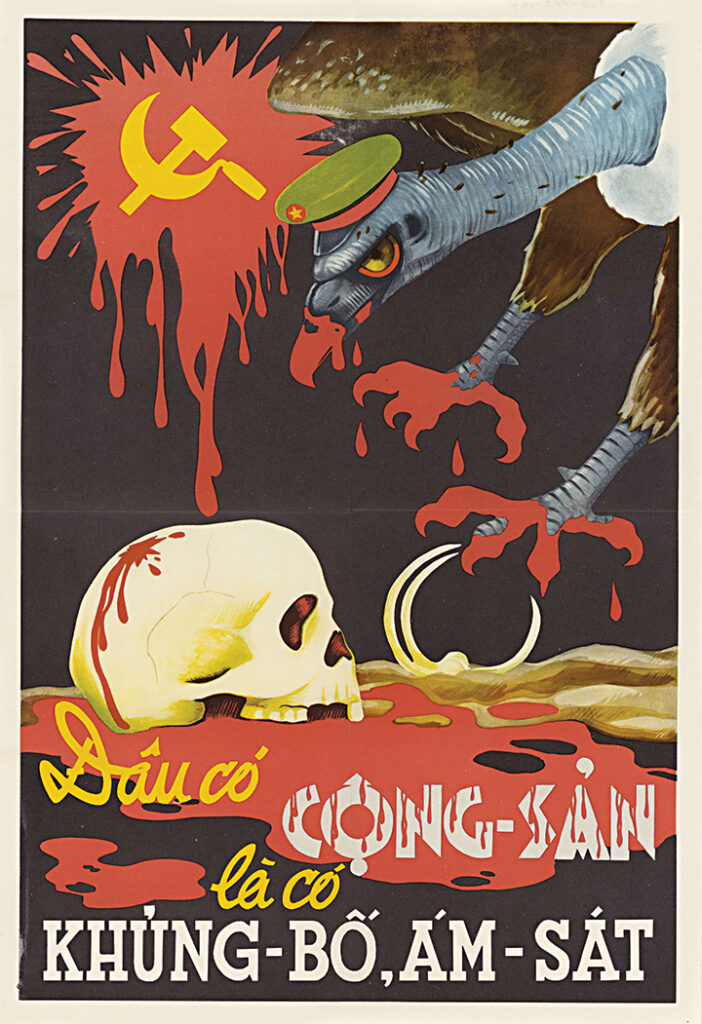
(U.S. Information Agency)
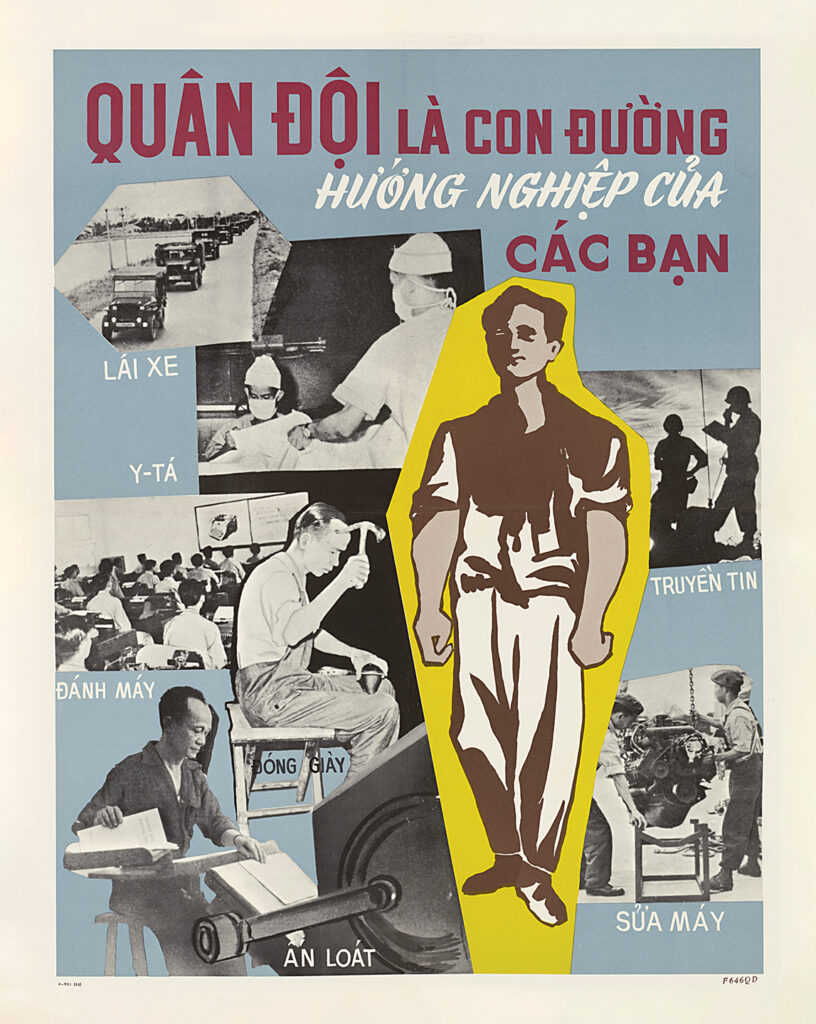
(U.S. Information AGency)
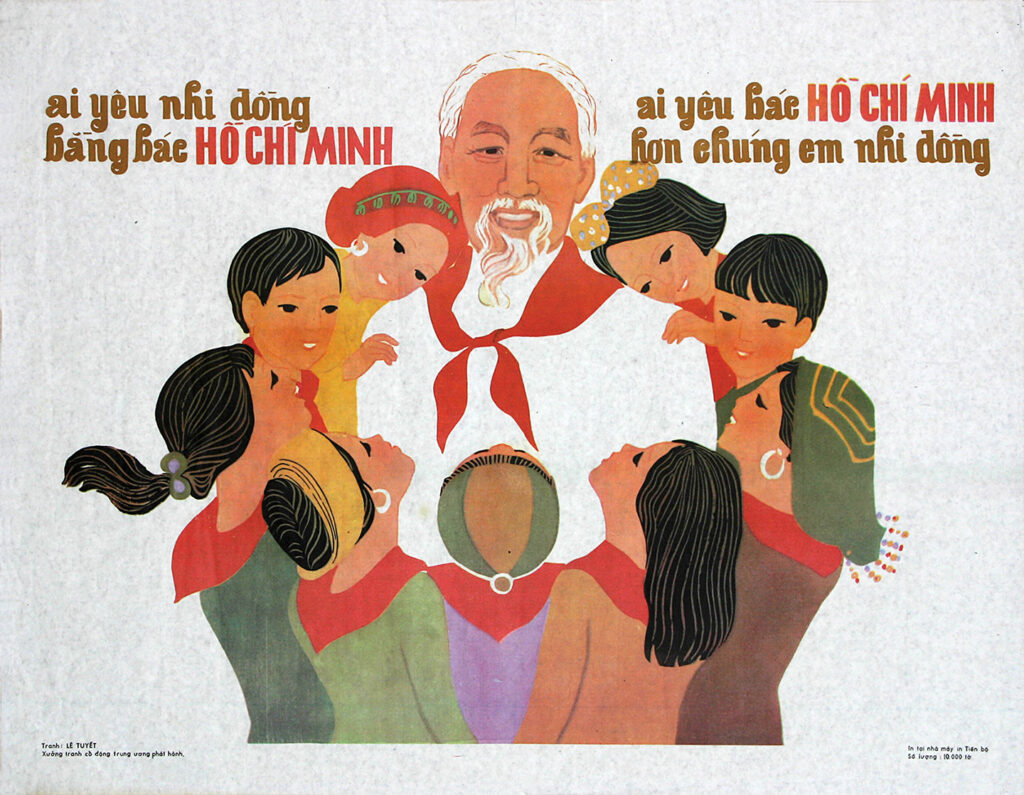
(Courtesy of Joel Montague and Nora Taylor, Photographed by Mouncy Ferguson)
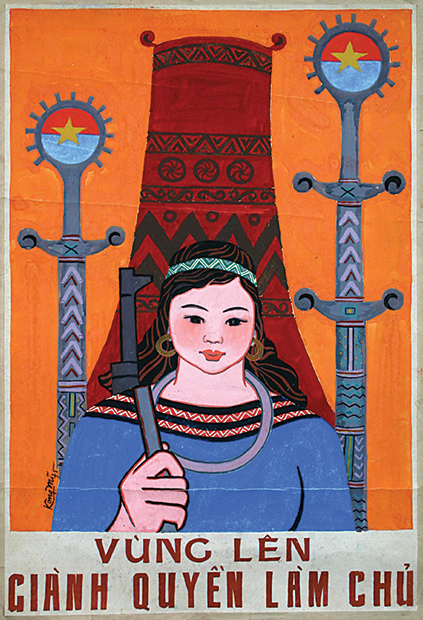
(Courtesy of Joel Montague and Nora Taylor, Photographed by Mouncy Ferguson)
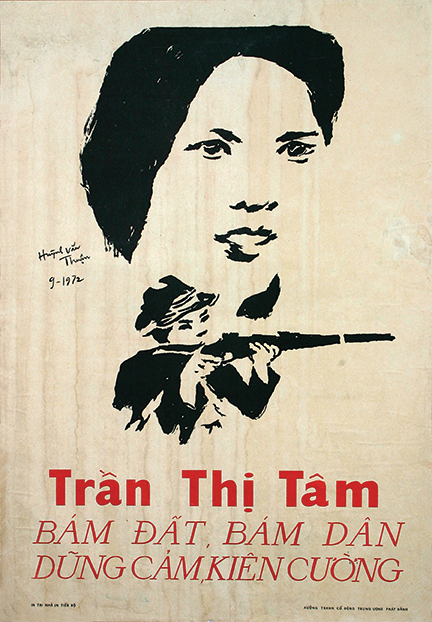
(Courtesy of Joel Montague and Nora Taylor, Photographed by Mouncy Ferguson)
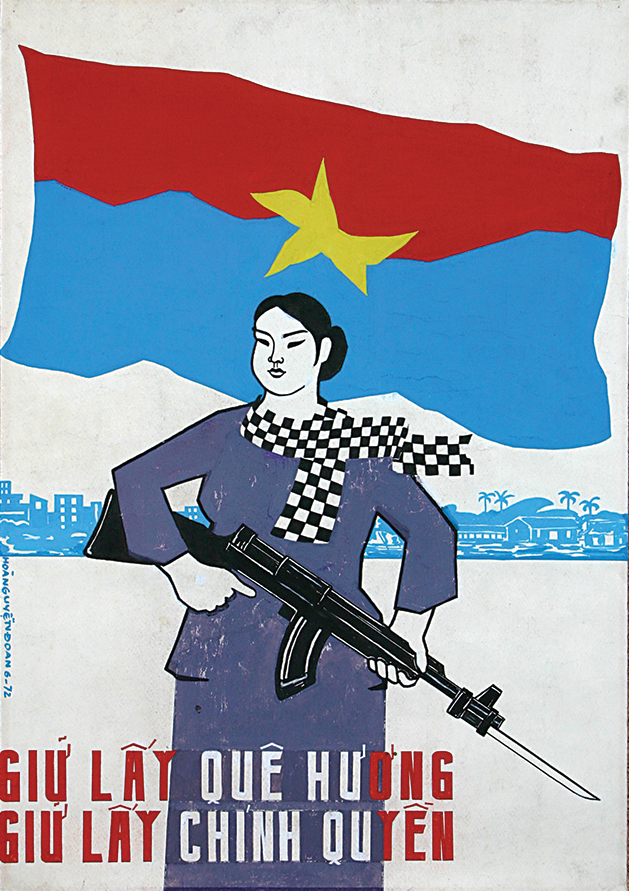
(Courtesy of Joel Montague and Nora Taylor, Photographed by Mouncy Ferguson)
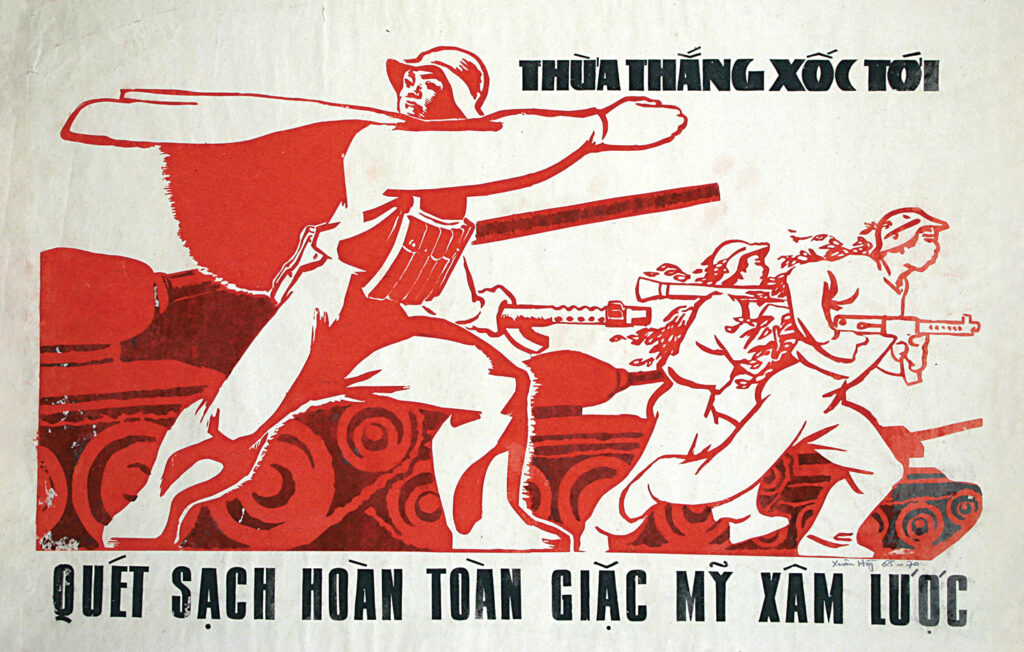
(Courtesy of Joel Montague and Nora Taylor, Photographed by Mouncy Ferguson)
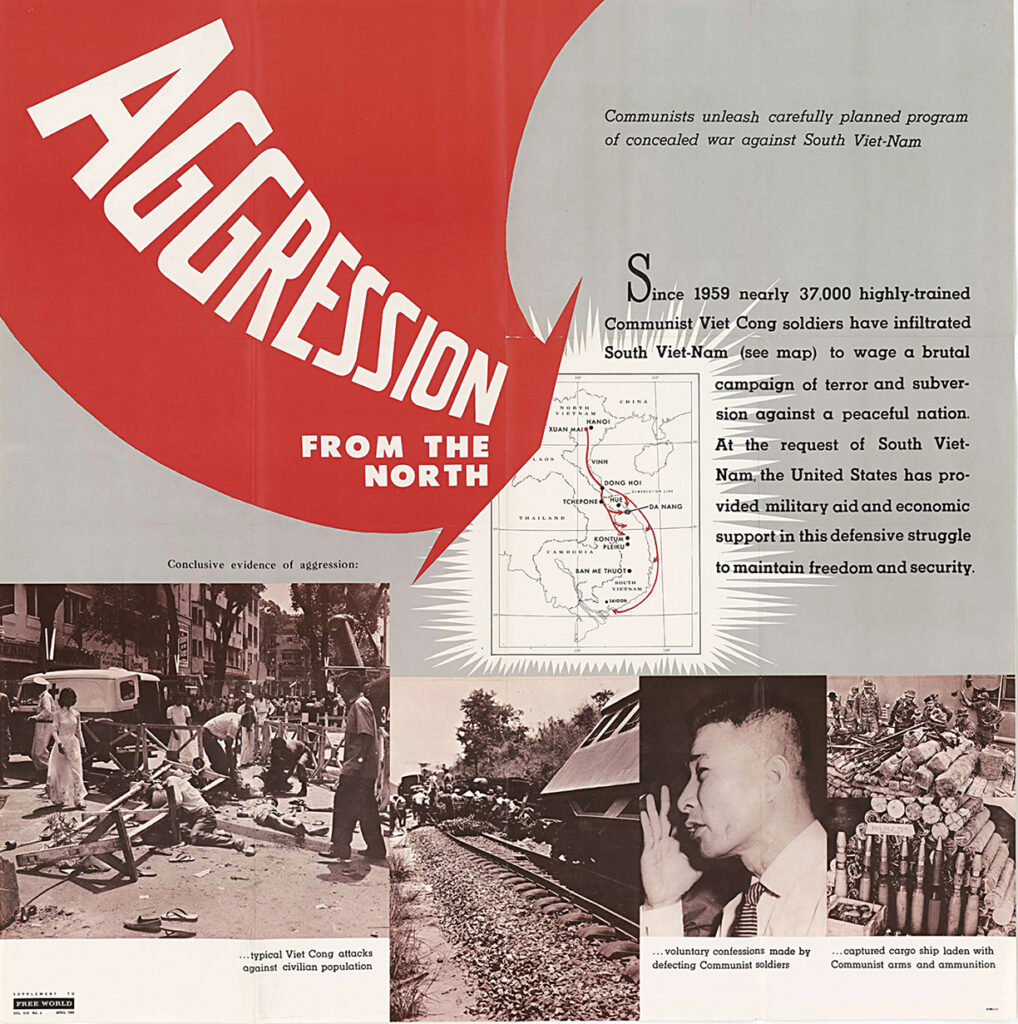
(U.S. Information Agency)
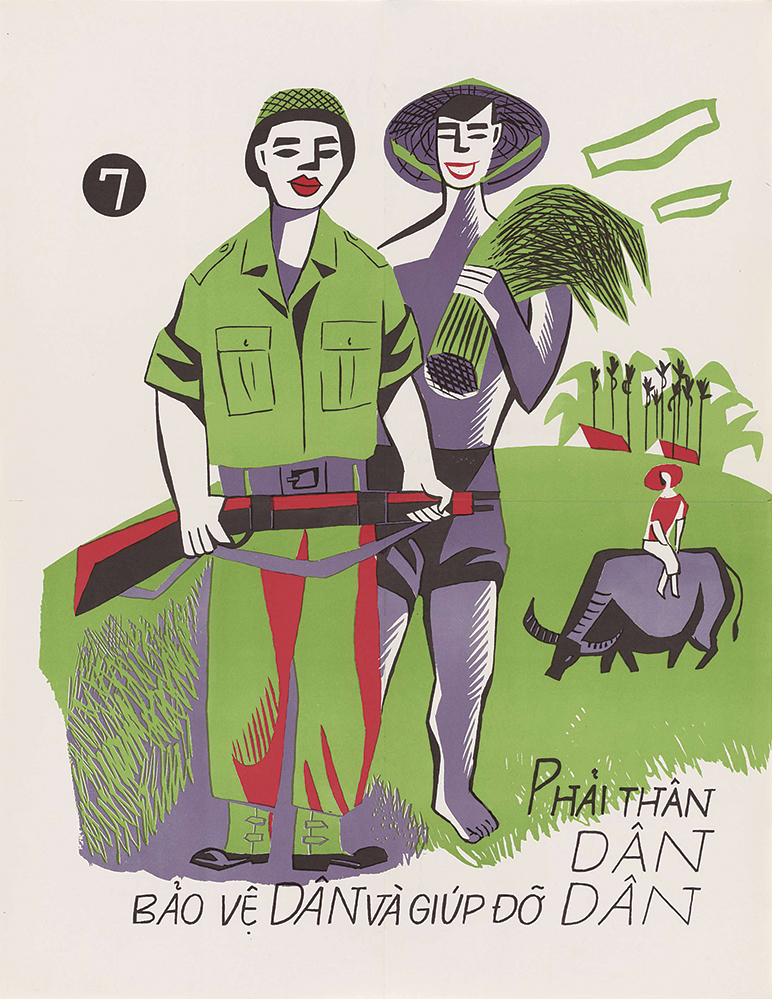
(U.S. Information Agency)
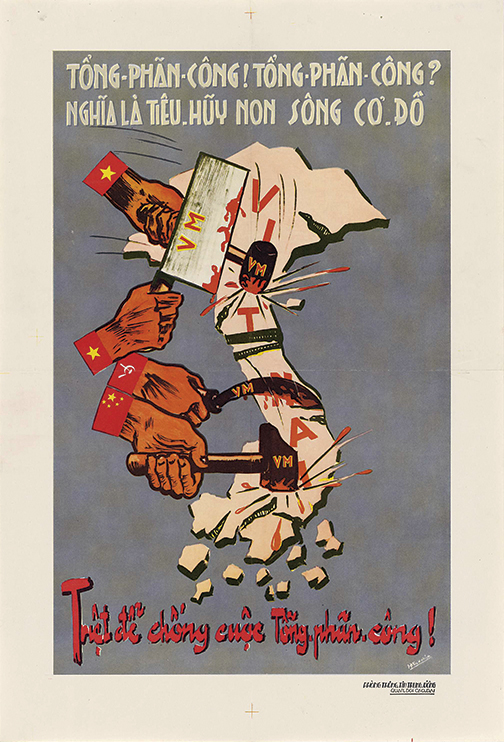
(U.S. Information Agency)
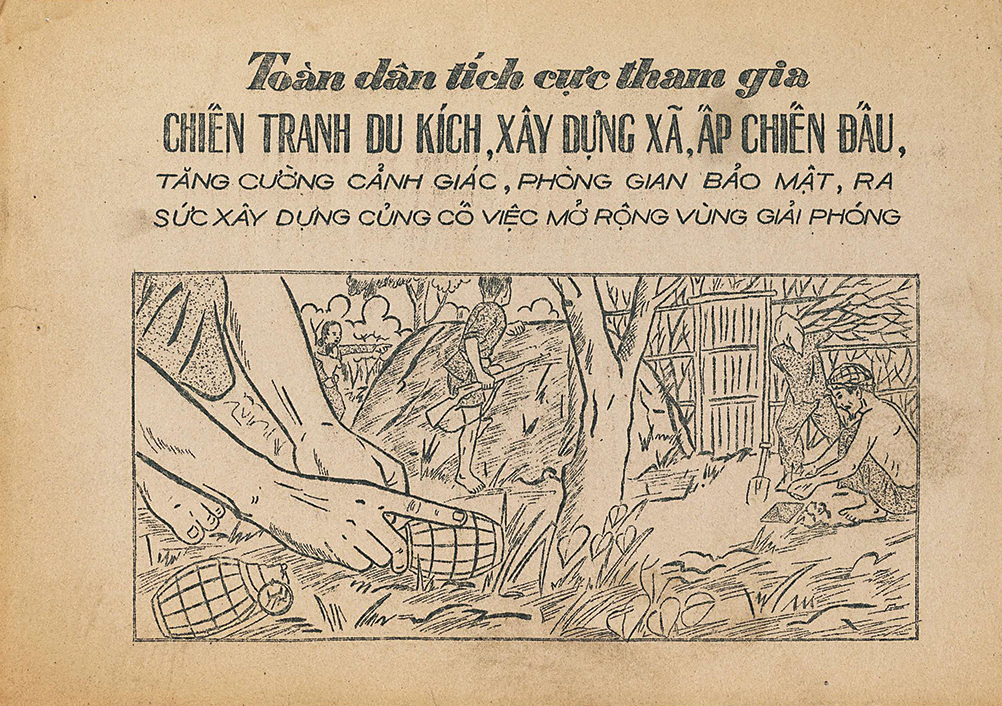
(U.S. Information Agency)
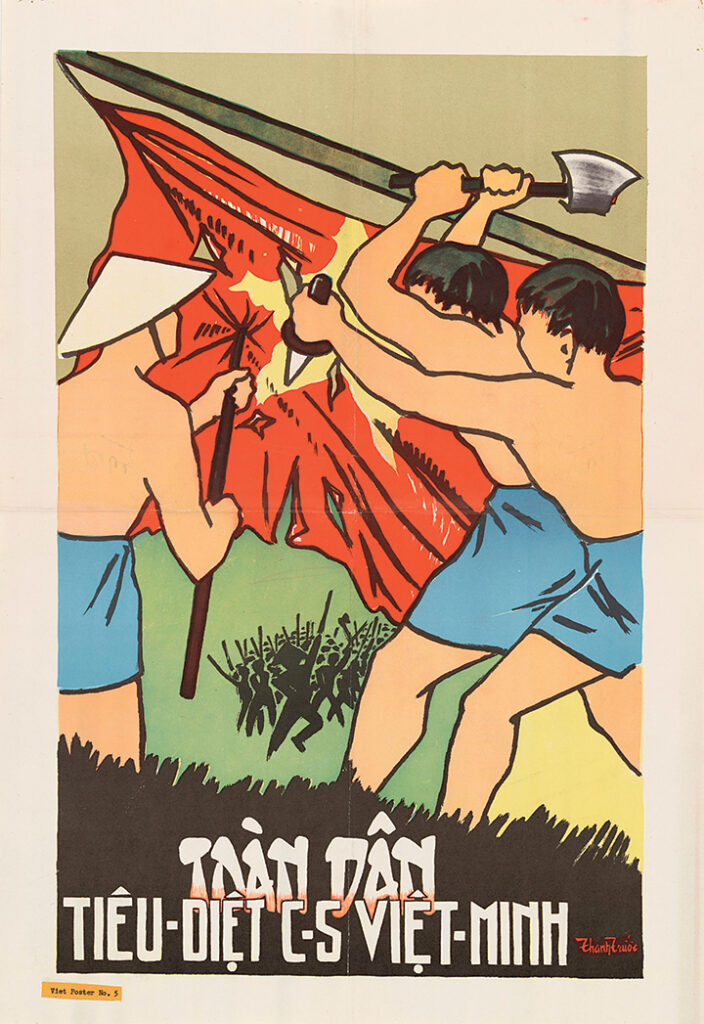
(U.S. Information Agency)
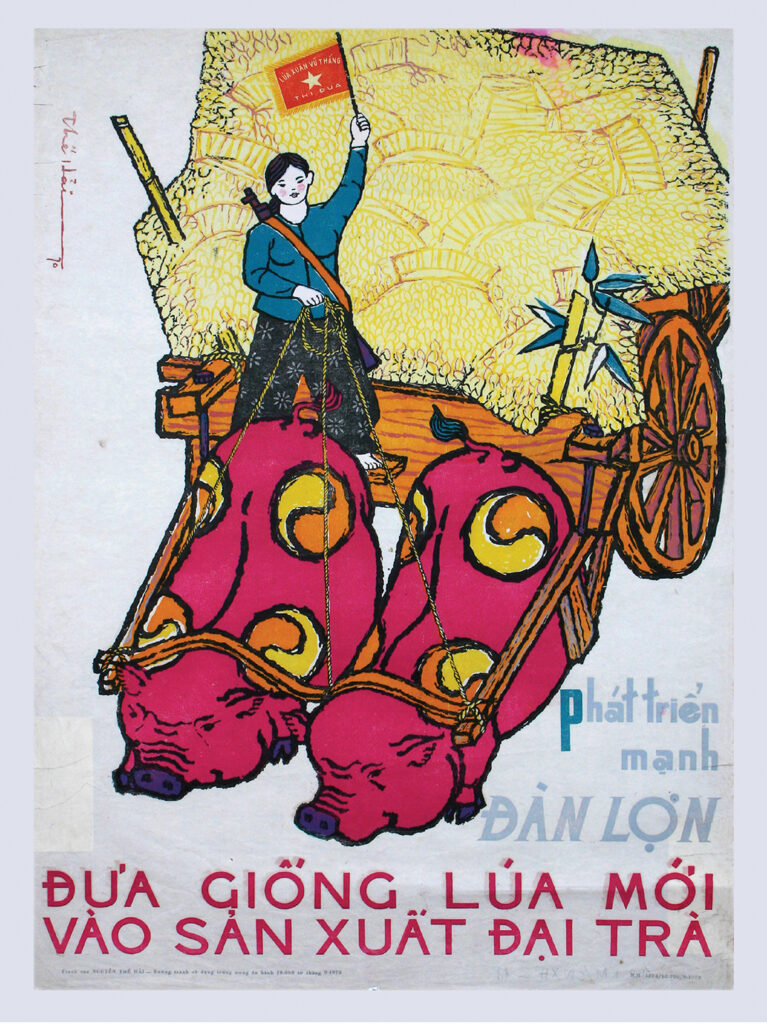
(Courtesy of Joel Montague and Nora Taylor, Photographed by Mouncy Ferguson)
This story appeared in the 2024 Winter issue of Vietnam magazine.
historynet magazines
Our 9 best-selling history titles feature in-depth storytelling and iconic imagery to engage and inform on the people, the wars, and the events that shaped America and the world.
